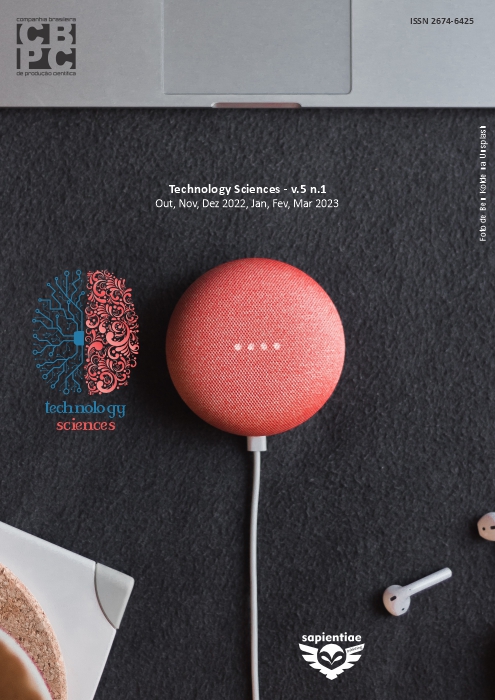Verification of detection methods for 2,4,6 – Tricloroanisol (TCA): an integrative review
DOI:
https://doi.org/10.6008/CBPC2318-3055.2022.002.0003%20Keywords:
TCA, Corks, Gas chromatography, WinesAbstract
Wines are popular alcoholic beverages in society, having characteristic flavors from the land where the fruit was grown, therefore having high commercial power, with an emphasis on the popularity of exports. The commercialization of wines requires adequate sealing, for consistency in product quality and non-contamination of beverages. Commonly, cork stoppers are used to seal the drink, however, the possibility of contamination of the stopper by 2,4,6 - Trichloroanisole (TCA), a compound responsible for minimizing the sensory aspects of the drink, is determined. For the quality of wineries, it is necessary to accurately identify the presence of this compound. The study in question is an integrative review that proposes to evaluate the main methods used to identify TCA in cork stoppers, scoring the different limits of detection and quantification of such compounds. It was possible to evaluate 12 different studies, which applied different methods, namely, gas chromatography by electron detection and cyclic voltammetry. From the analysis, it was possible to show the viability of applying the gas chromatography method using the electron detector, however, it is necessary to adapt the preparation of the analyte in order to obtain better results, while for the cyclic voltammetry method it is done necessary to reduce the identification time to achieve results with a better production aspect in industries.
Downloads
Downloads
Published
Issue
Section
License
Copyright (c) 2023 Engineering Sciences

This work is licensed under a Creative Commons Attribution-NonCommercial-NoDerivatives 4.0 International License.
The CBPC - Companhia Brasileira de Produção Científica (Brazil CNPJ: 11.221.422/0001-03) the material rights of the published works. The rights relate to the publication of the work anywhere in the world, including rights to renewals, expansions and dissemination of the contribution, as well as other subsidiary rights. All electronically published works may subsequently be published in printed collections under the coordination of this company and / or its partners. The authors preserve the copyright, but are not allowed to publish the contribution in another medium, printed or digital, in Portuguese or in translation.








